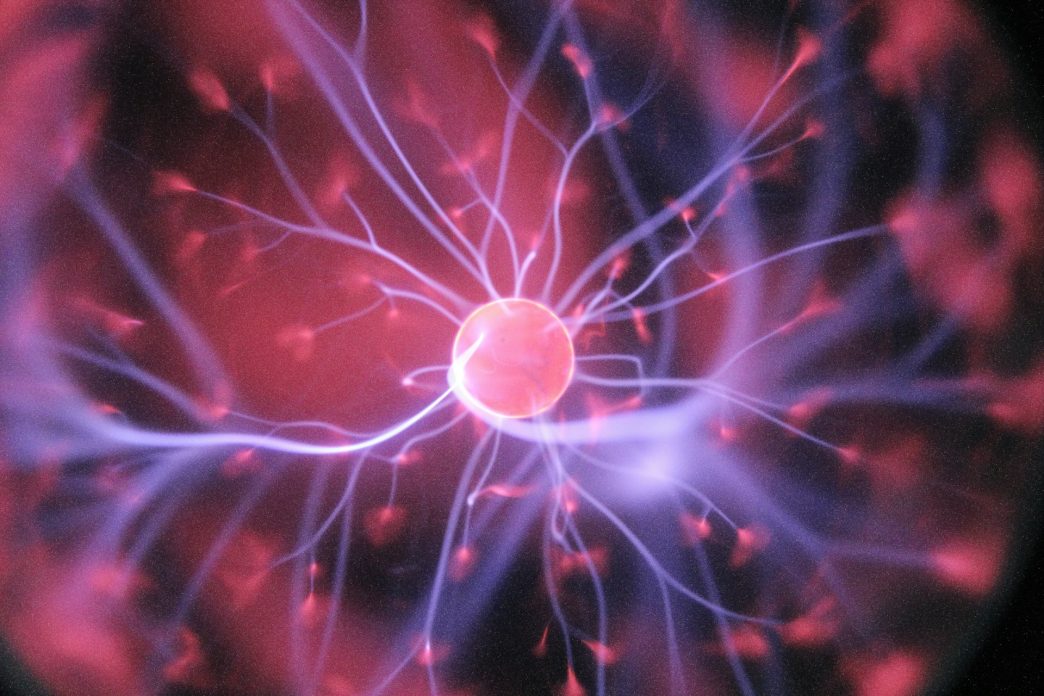Peripheral neuropathy disrupts the body’s ability to communicate vital signals between the brain, spinal cord, and extremities. This breakdown often leads to chronic pain, numbness, tingling, and reduced mobility. Traditional treatments mainly focus on symptom management, but regenerative neuropathy therapies aim to repair the damaged nerves themselves, restoring the intricate web of neural communication that underpins physical function and quality of life.
What Is Regenerative Neuropathy?
Regenerative neuropathy refers to a set of treatments designed to heal and rebuild damaged nerve tissue. These therapies target the root causes of neuropathy, stimulating the body’s natural healing processes rather than simply masking symptoms. The most common regenerative approaches include stem cell therapy, platelet-rich plasma (PRP) injections, and supportive techniques such as tissue engineering and matrix restoration.
How Stem Cell Therapy Promotes Nerve Repair
Stem cell therapy uses undifferentiated cells that can transform into specialized cells, including neurons. When introduced into areas of nerve damage, these cells release growth factors and anti-inflammatory agents that reduce swelling, enhance circulation, and stimulate regeneration. Over time, stem cells help rebuild neural pathways, improve function, and reduce pain by restoring the structural integrity of the peripheral nervous system.
Platelet-Rich Plasma (PRP): Healing from Within
PRP therapy involves drawing a small amount of the patient’s own blood, isolating the platelets, and injecting them into affected nerve areas. Platelets contain growth factors essential for tissue repair and regeneration. By concentrating and directing these natural healing agents, PRP can help reduce inflammation, speed up recovery, and support the reformation of neural connections.
Rebuilding the Extracellular Matrix (ECM)
Nerves don’t regenerate in isolation, they need a structural environment to grow. The extracellular matrix (ECM) provides this scaffolding. Some regenerative treatments aim to repair or replace damaged ECM components, helping nerves to reestablish their pathways and communicate more effectively with surrounding tissues. A healthy ECM is essential for long-term nerve repair and functional recovery.
Supporting Regeneration Through Lifestyle and Nutrition
While regenerative therapies are powerful, they are most effective when combined with healthy lifestyle choices. Anti-inflammatory diets, physical therapy, and nerve-supporting nutrients, like B-complex vitamins, alpha-lipoic acid, and omega-3 fatty acids, can enhance the body’s ability to heal. These factors also reduce oxidative stress, a key contributor to nerve degeneration.
A New Path Toward Recovery
Regenerative neuropathy treatments represent a shift in how nerve disorders are approached from symptom suppression to true healing. Although individual results may vary, many patients report reduced pain, improved balance, and regained sensation after undergoing regenerative therapy. As scientific advances continue to refine these treatments, the potential for long-lasting relief and restored neural function becomes even greater.
Conclusion: Rebuilding More Than Nerves
Living with neuropathy often means living with limitations, but regenerative treatments offer hope. By rebuilding damaged neural networks and restoring the body’s communication systems, these therapies provide not just relief, but renewal. For those seeking to go beyond temporary solutions, regenerative neuropathy represents a promising frontier in the journey toward full-body healing.













